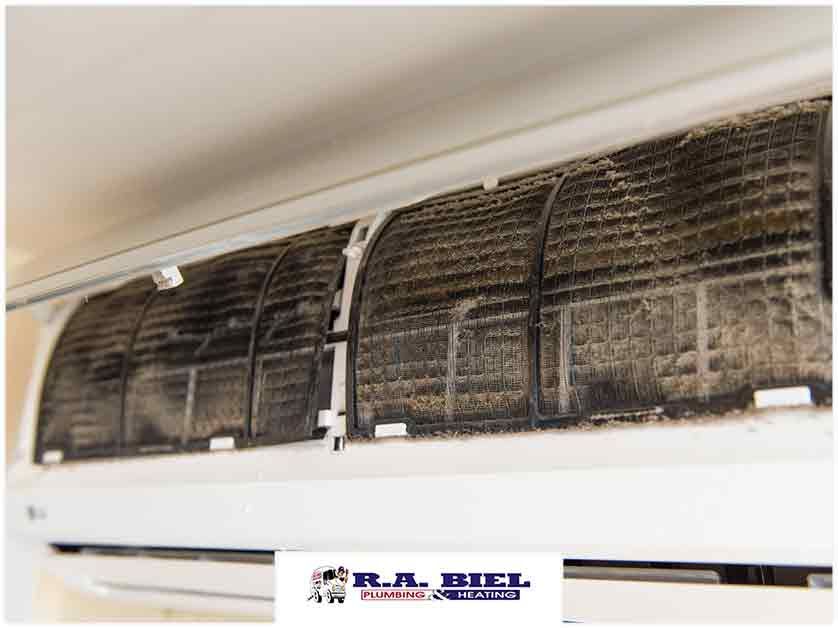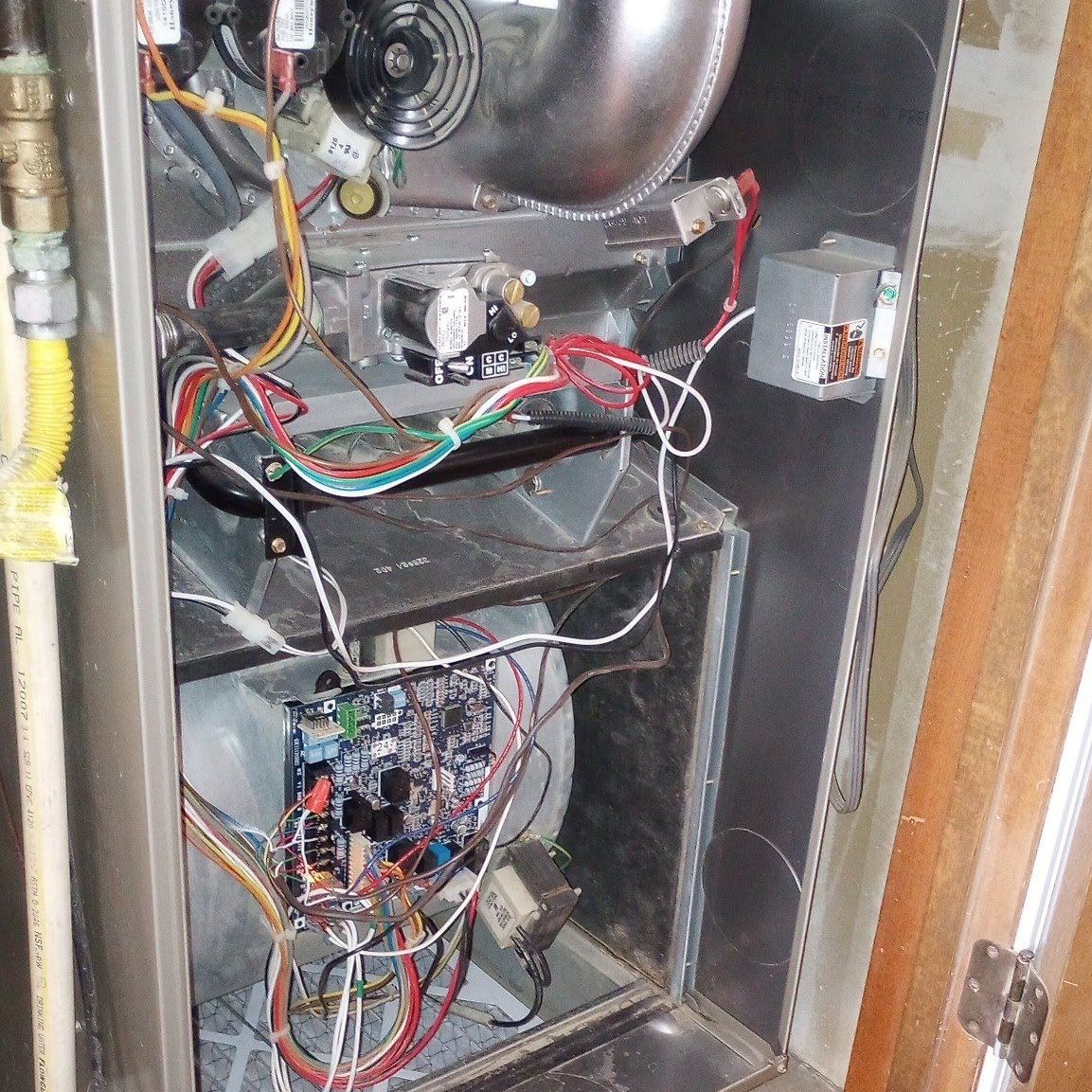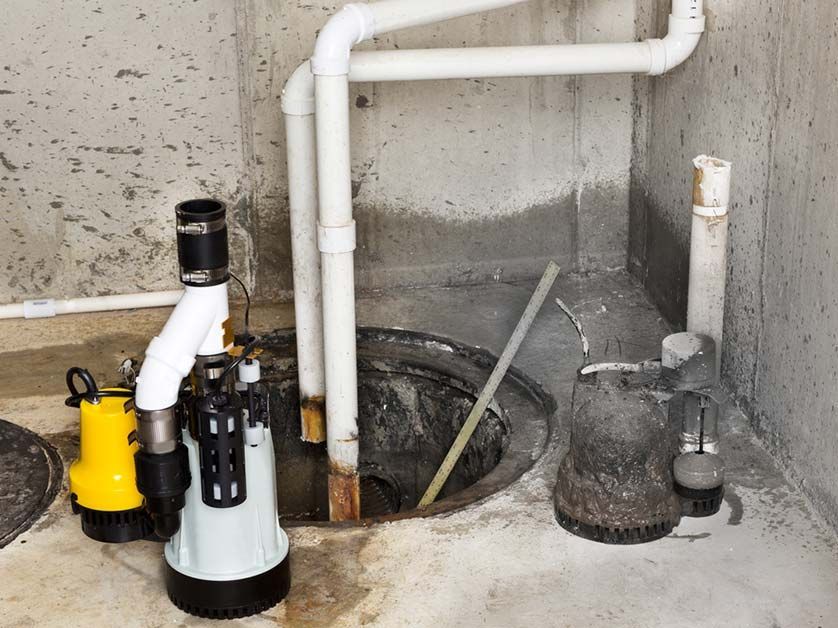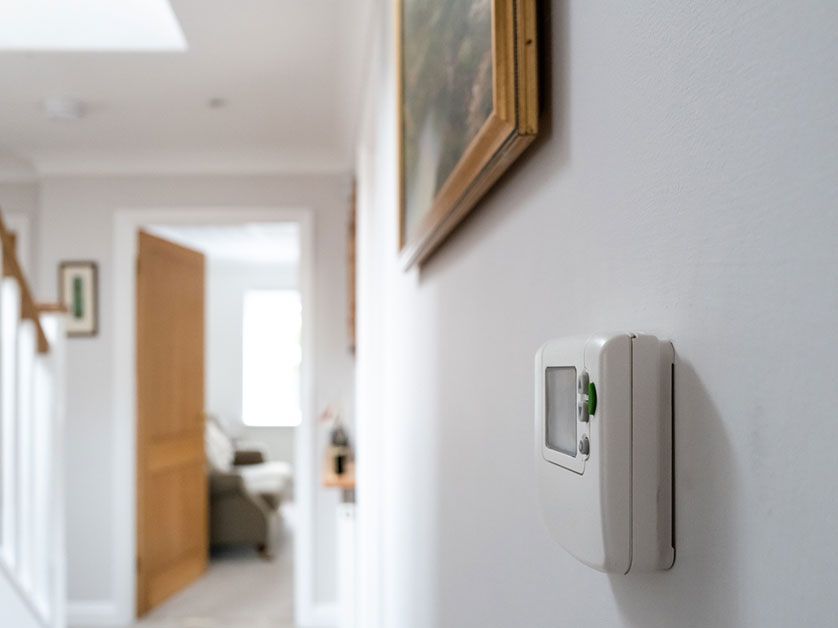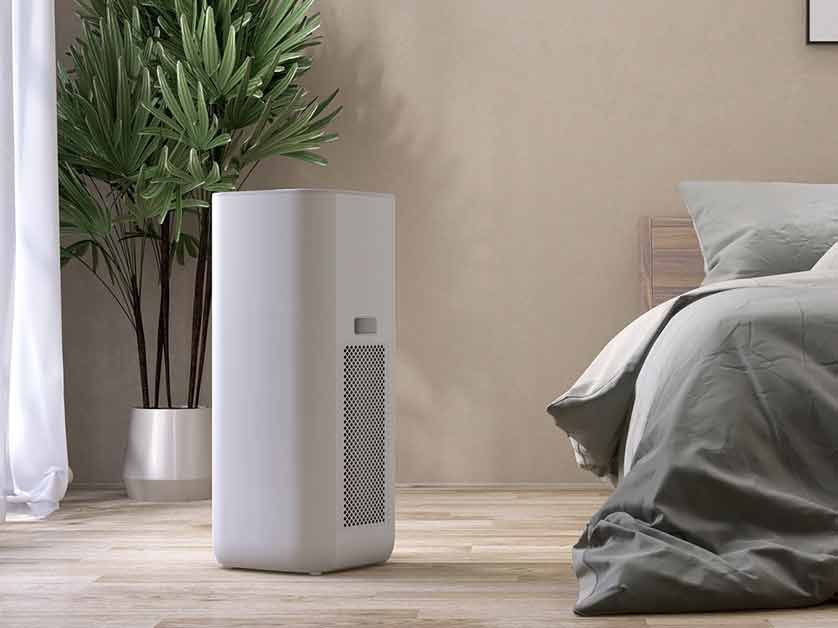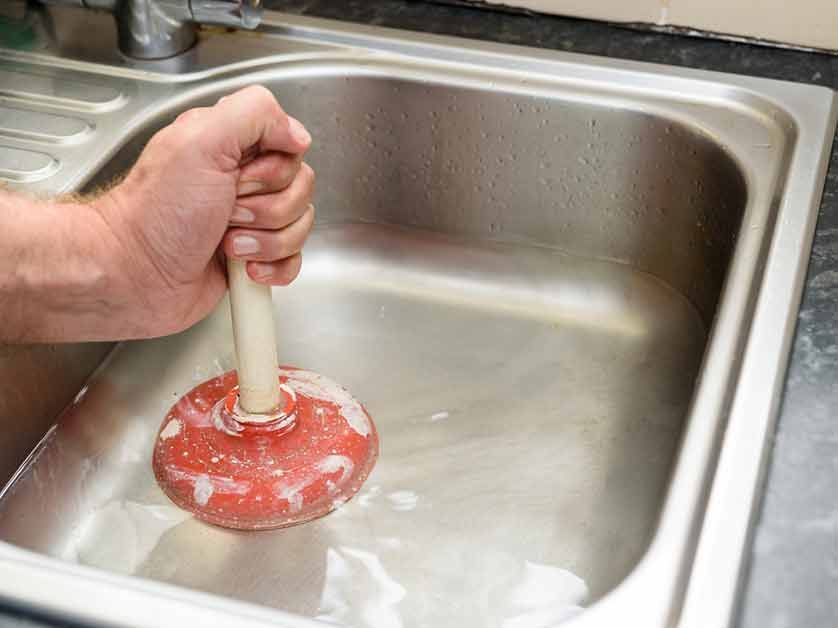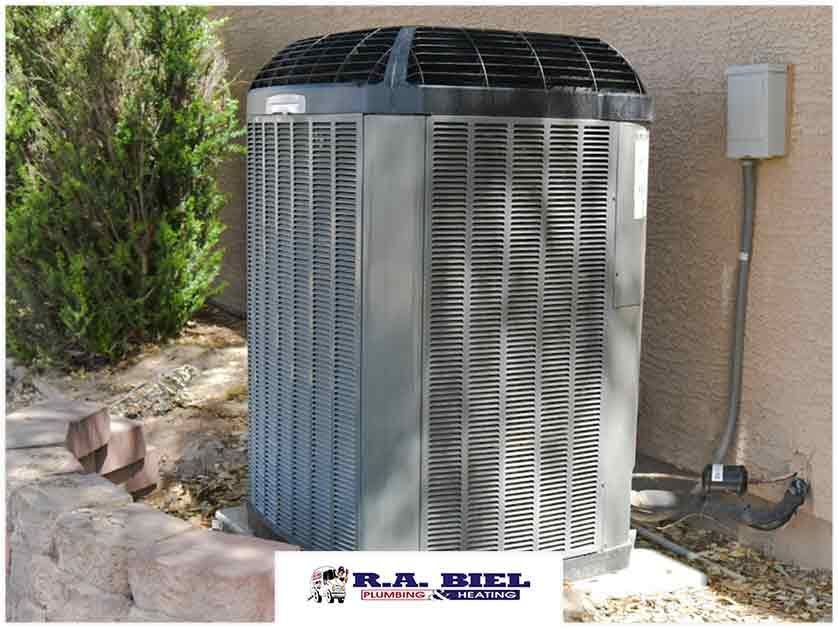What to Expect During a Furnace Tune-Up
Routine maintenance is a must if you want to keep your furnace and HVAC system in good condition and make sure their warranties remain valid. Remember: Improper or irregular maintenance can void your furnace or HVAC system’s warranty.
How often should your furnace undergo maintenance? As a good rule of thumb, you should have a professional heating repair technician do a furnace tune-up at least once every year, ideally in early fall or before winter arrives. After all, a furnace breakdown is the last thing anyone wants in the middle of winter.
So what can you expect during a furnace tune-up?
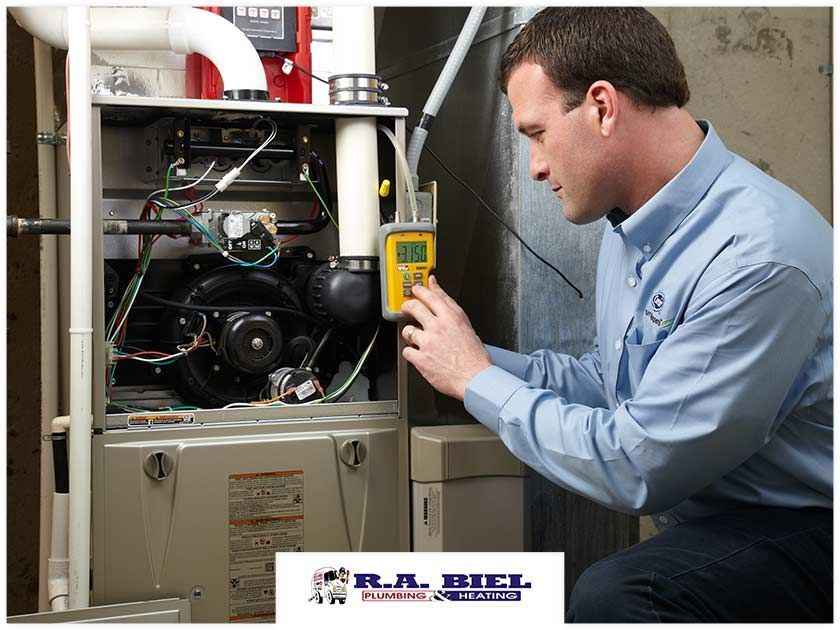
Inspection of the gas lines – If your furnace runs on gas or propane, the technician will need to check it for leaks and monitor its gas or propane consumption using special equipment. Gas leaks are a significant safety risk that should be addressed as soon as possible.
- What are the signs your furnace has a gas leak? If there’s a gas leak, you might smell rotten eggs. Gas and propane are odorless, but companies add pungent-smelling mercaptan to give them the smell of sulfur. If you suspect your furnace has a gas leak, contact a heating repair technician immediately.
- Keep in mind that foul smells are also a possible warning sign of a plumbing issue. If you’ve been experiencing a lot of plumbing issues lately or have noticed foul smells emanating from the drains, it’d be a good idea to have a drain and sewer repair contractor inspect your plumbing.
Cleaning the ports and gas valve – The technician will also evaluate the combustion efficiency of your gas furnace’s burner. A technician can tell if a furnace isn’t burning gas efficiently by checking the gases produced during combustion and comparing them with the furnace’s specifications. Higher heating costs could also be a sign of inefficient combustion. If the furnace isn’t producing heat efficiently, the technician will clean ports on the gas valve and pilot tube.
Checking the wire connections as well as the motor’s electricity consumption – If, on the other hand, you have an electric furnace installed, the technician will check all its wire connections and see if the motor is consuming more electricity than the amperage rating indicates it should. If your furnace is consuming more electricity than necessary, the technician will try to diagnose the exact cause. However, depending on the cause, furnace repairs may be needed.
Inspection of air vents – The HVAC technician will also check the air vents and ducts for any leaks.
Checking the filters and replacing them if needed – If the technician notices the vents or ductways are a bit dusty, they’ll check the filter and may recommend replacing it if it’s clogged with dust. Dirty air filters not only lower indoor air quality, which could cause allergy flare-ups and hamper airflow, they’lll also increase the strain on your furnace or HVAC system, forcing it to consume more electricity and thus increase the risk of a breakdown.
- How often should you replace air filter? In general, you should replace air filters every 90 days, but you’ll have to replace yours more frequently if you have pets in the home or if a member of the household has allergies. If you keep your pet inside, the filters should be replaced every 60 days. However, if anyone in your home has a respiratory condition or you have more than one pet, contractors recommend changing the filter every 20 – 45 days.
Inspect and clean the furnace’s blower compartment – The heating repair technician will inspect the blower compartment responsible for distributing warm air throughout your home. If there aren’t any issues with the furnace’s blower compartment, the technician will remove the blower fan to clean and lubricate it.
Test the thermostat – The technician will also check if the thermostat is able to precisely control the temperature in the room.
- Here’s a tip: If you want to lower your household’s heating and cooling costs, a smart thermostat would be a great investment. You can set smart thermostats to automatically raise or lower the temperature when you’re away at work and slowly return it back to normal before you arrive back home. Newer models can also learn your temperature preferences and household patterns, further optimizing your furnace or HVAC system’s electricity consumption.
Check the furnace for signs of moisture and rust – It’s standard practice for an HVAC and air conditioning repair technician to check the furnace for signs of moisture and rust. Contrary to what some may think, it’s still possible for rust to form on a furnace because water vapor is a by-product of combustion. When water vapor mixes with oxygen and metal, rust is formed. Over time, rust will eat away at the furnace metal, creating a hole through which dangerous gases can enter the living area.
- Important note: An HVAC system naturally has higher maintenance needs than a furnace. Since HVAC systems have evaporator coils, they’re more vulnerable to moisture issues. The evaporator coil is responsible for removing heat and moisture from warm air. As warm air passes over the coil, condensation forms. The condensation is then diverted away to a drainage pan. However, if something’s blocking the drainage lines, the condensation can back up and leak onto some of your HVAC system’s internal components.
Keep in mind that you’ll need to schedule a separate tune-up for your HVAC system. To diagnose the source of any leaks, an HVAC and air conditioning repair technician will need to check the refrigerant levels, inspect the coils and clear clogs in the drainage system. Since the technician will have to be more thorough in searching for leaks and moisture, HVAC inspections might also take longer.
Warning Signs You Need a Furnace Replacement
Of course, furnace maintenance can only do so much. As the furnace nears the end of its lifespan, it’ll start to malfunction more often.
- What’s the average lifespan of a furnace? In general, a furnace’s lifespan is 15 to 20 years, but several factors such as the type and quality of the furnace as well as the frequency of maintenance can affect this number. For instance, older furnace models with heavy cast iron heat exchangers can last 30 to 40 years, while electric models typically last closer to 20 years.
Some homeowners might be hesitant about getting a furnace replacement, which can be a significant investment. As long as the furnace can still be fixed, there’s no need to get a replacement, right? Taken individually, occasional repairs may not seem that much of a sacrifice, but they can quickly add up. That’s why, at a certain point, getting a furnace replacement makes more practical—and financial—sense.
How Can You Tell If It’s Time for a Furnace Replacement?
By keeping an eye out for certain warning signs, you can tell when it’s time for a replacement. Some of these signs are:
- Higher electricity bills and lower indoor comfort – Higher electricity consumption and lower indoor comfort are signs of lower furnace efficiency.
- Cold spots – As your furnace ages, it might have trouble distributing warm air throughout your home. Uneven air distribution could, in turn, create cold spots.
- Cracks or rust – Over time, rust and cracks can begin to form on your furnace. These are usually a sign your furnace is nearing the end of its lifespan.
Keep in mind that it’s easy to miss subtle warning signs of furnace damage. That’s why, if you need a furnace tune-up, it’s best to hire experienced HVAC contractors.
Are you looking for HVAC contractors near you?
R.A. Biel Plumbing & Heating, a company with over three decades of experience, offers professional HVAC and plumbing services, including furnace maintenance and drain and sewer repair services. To get a free estimate on new installations, call us at (505) 672-7888 or (970) 884-3358, or fill out this form.
The post What to Expect During a Furnace Tune-Up appeared first on R.A. Biel Plumbing & Heating, Inc..
Our Recent Articles
